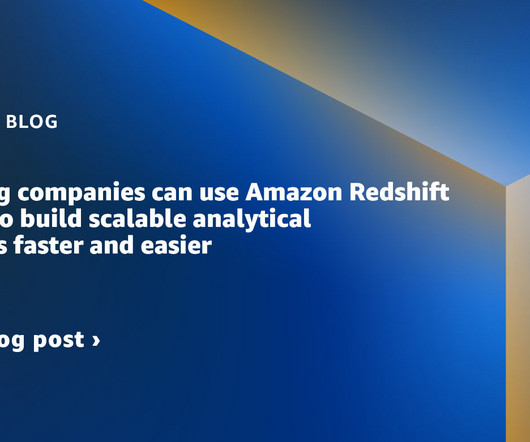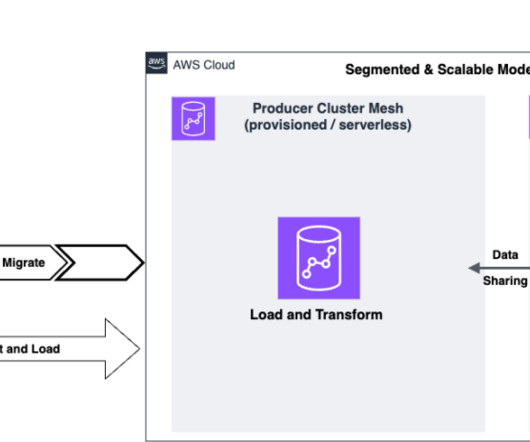Build a real-time analytics solution with Apache Pinot on AWS
AWS Big Data
AUGUST 6, 2024
Online Analytical Processing (OLAP) is crucial in modern data-driven apps, acting as an abstraction layer connecting raw data to users for efficient analysis. It organizes data into user-friendly structures, aligning with shared business definitions, ensuring users can analyze data with ease despite changes.
















Let's personalize your content